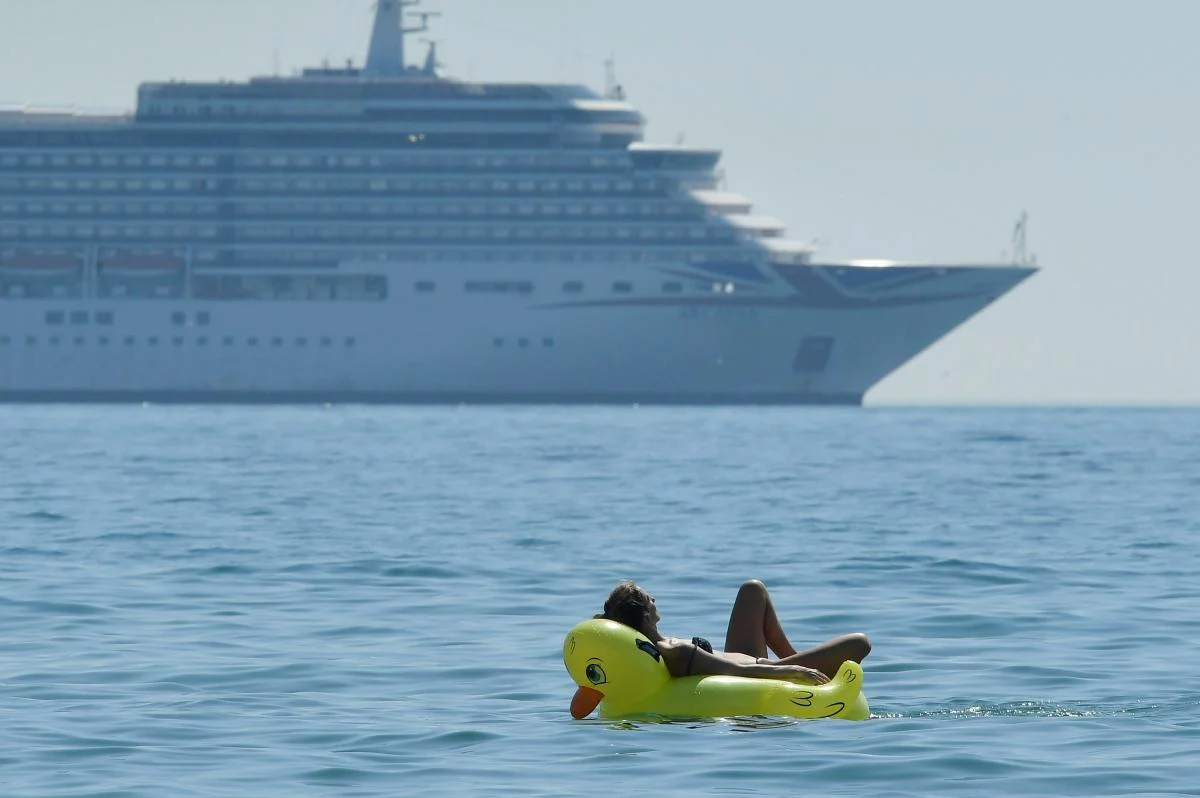Cruise ships emitted more than four times more sulfur into Europe’s atmosphere in 2022 than all the continent’s cars combined – despite the industry’s repeated promises to switch to a greener operating model.
A study by Transport & Environment showed that 218 cruise ships sailing in Europe last year emitted 509 tons of sulfur oxides into the atmosphere. This is almost 50 tons more compared to the pre-pandemic level of 465 tons, writes The Independent.
The authors of the study note that although the 2020 UN sulfur limit in marine fuel reduced emissions per cruise liner, the addition of new ships to the existing fleet led to an increase in total emissions. And this is taking into account the fact that the number of cruise passengers has not yet reached the pre-pandemic level.
According to the results of last year, the Spanish Barcelona was recognized as the most polluted port in Europe, followed by the Italian port of Civitavecchia, located near Rome, and the Athens port of Piraeus in Greece.
Notably, Venice – the port most polluted by cruise ships in 2019 – dropped as low as 41st on the list after a ban on large cruise ships entering the city’s port was introduced in 2021. This resulted in an 80 percent reduction in sulfur oxide emissions.
Along with Venice, European port cities such as Santorini, Palma de Mallorca, and Dubrovnik have also imposed restrictions on large cruise ships. Barcelona’s mayor also previously called on the regional government to limit the number of ships allowed to enter the city’s port.
“The pandemic gave port cities some respite, but now it’s over. Cruises are back, and tourist hotspots like Barcelona and Athens are once again choking on toxic cruise ship air pollution. Venice has shown that tackling cruise ship pollution isn’t the only way . Ports can significantly reduce pollution by forcing ships to connect to electricity in port instead of running their engines, thus supporting the use of zero-emission fuels,” said Constance Dijkstra of Transport & Environment.
Combating harmful emissions into the atmosphere in the EU
In recent years, work has been actively carried out in Europe to reduce emissions into the atmosphere by air transport. In addition to increasing requirements for aircraft, many European countries are trying to popularize rail transport as an alternative to aviation.
So, earlier in Europe, plans were announced to launch a powerful network of night trains, consisting of 40 international long-distance lines. By 2030, it should connect more than 200 cities and towns across Europe.
At the same time, France has partially banned air travel between cities within the country, if this distance can be covered by train in 2.5 hours. A similar system is planned to be introduced in Spain.

